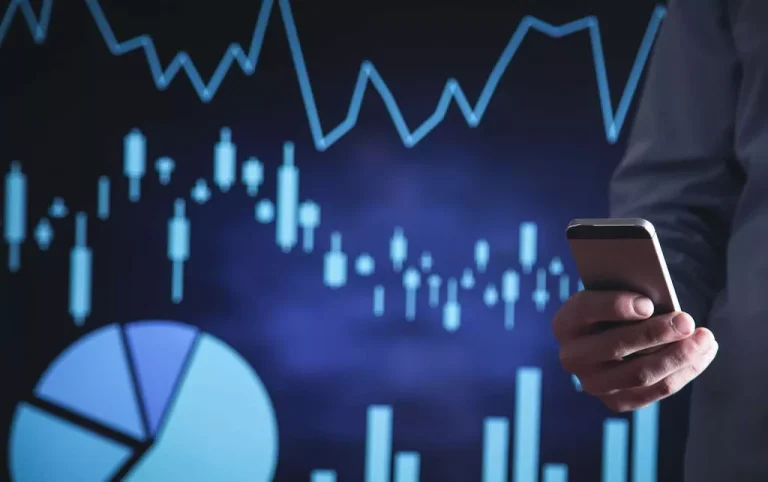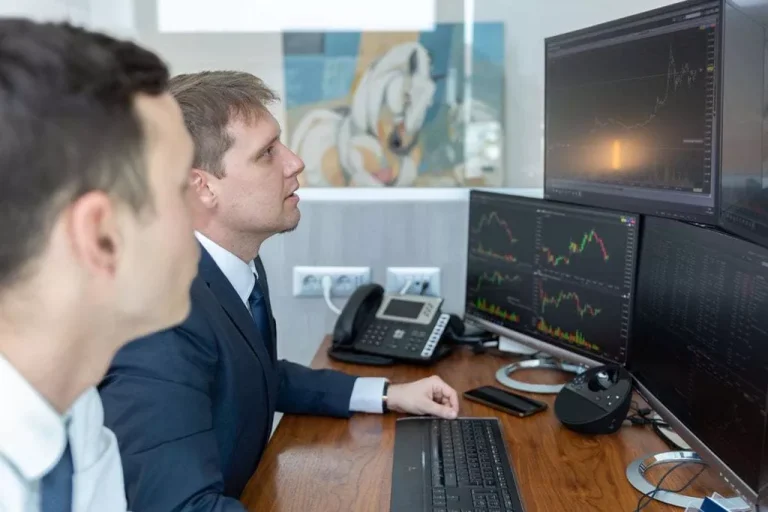The listing of teams in a place to carry out the tokenization is bigger as nicely, and includes the originator of the asset itself, Web3 platforms, exchanges, and other kinds of firms. In every case, the entity gathers the related parties, establishes the various rules of engagement, tokenizes the asset on–chain, after which https://www.xcritical.in/blog/real-world-assets-rwa-tokenization-in-crypto/ distributes the tokenized fragments for sale. Real estateAnd there is the tokenization of real property assets, which has traditionally been complicated and slow transferring. Tokenization involves converting ownership rights into digital tokens on a blockchain community. Real property tokenization has the potential to revolutionize the traditional actual estate funding landscape.

The Symbiotic Relationship Between Rwa Tokenization And Blockchain Know-how
Emerging asset classes like tokenized carbon credit promise to boost transparency and democratize access to carbon markets, enabling smaller gamers to take part through fractionalization. Beyond these, tokenization can open the door to digital possession of intellectual property, collectibles, and other assets, additional democratizing access and fostering markets that are more liquid, efficient, and clear. As tokenization evolves, it holds the potential to unlock new monetary merchandise and opportunities, driving innovation and increasing access throughout varied monetary sectors. Tokenization promises to redefine asset possession and funding and we would simply be on the cusp of a major breakthrough in its world adoption . The know-how could radically overhaul traditional frameworks of investment and ownership, considerably lowering transaction prices, bringing transparency and larger liquidity into the equation. In broadening entry to investments, we are not merely altering how we view property, commodities, and worth, however how we work together with these essential components of our financial systems.
Advantages Of Rwa: According To Rwa Startups
The second format is native tokens, the place an onchain token is issued and serves as the RWA itself, that means it doesn’t represent any type of offchain asset. For instance, bonds which might be instantly issued onchain as tokens are native RWAs, whereas a bond that is issued and held offchain could possibly be tokenized as a non-native RWA. To leverage the aforementioned benefits, RWAs could be generated in certainly one of two token formats. The first format is non-native tokens, where onchain tokens are issued to symbolize RWAs that exist and are managed offchain by a custodian.

Main Challenges Within The Rwa Sector
By permitting for smaller items of commerce, tokenization can unlock liquidity for otherwise illiquid belongings. In most cases, tokenized property are handled as safety tokens and are regulated similarly to traditional securities. This signifies that startups must acquire related licenses and adjust to varied restrictions relating to who they’ll offer services to. The interoperability of DeFi with tokenized property might be one of many largest developments.
How Rwas Are Tokenized And The Challenges Concerned

The STO is the purple carpet event, providing select traders the chance to seize a bit of the action by buying a fraction of the whole tokens. Let’s discuss RWA tokenization — the game-changer bridging the hole between the tangible and the intangible. It’s not only a technological leap; it’s a revolutionary bridge permitting assets to seamlessly traverse between the bodily and digital realms. Financial-services incumbents like BlackRock, WisdomTree, and Franklin Templeton, as properly as Web3 natives Ondo Finance, Superstate, and Maple Finance, are more and more adopting tokenized cash market funds. In first quarter 2024, these funds surpassed $1 billion in complete value (not much compared with complete market measurement, however a milestone nonetheless).
Navigating Regulatory Uncertainty
To make clear, high-value property (such as actual property and sure stocks) are often fractionally tokenized. This signifies that N tokens are issued for one unit of the asset, each providing a share of possession or earnings rights. To exemplify this, imagine a property commercialized in 10,000 digital tokens, every representing a very small fraction of possession in the underlying property. Instead of ready months and even years to promote a complete property, an investor will be able to rapidly promote his share by trading these tokens within the blockchain-based marketplace. As of March 2024, Ondo Finance plans to move $95 million of belongings to BlackRock’s tokenized fund BUIDL for fast settlements for its U.S.
Mirae Asset Securities And Polygon Labs Collaboration
Finally, it isn’t sufficient just to issue an asset, there must also be good market liquidity or demand for it to guarantee that it to thrive. In this article, we’ll clarify what tokenized RWAs are, how they are created, and the way Chainlink is the one platform that may present a complete solution for fulfilling the requirements of tokenized belongings. In the case of fiat foreign money, stablecoins are the most obvious form of real-world asset tokenization.
- Virtually any asset, whether one thing bodily like actual estate or intangible like inventory in a corporation, can theoretically be tokenized.
- However, the current monetary system continues to be slowed down with the need to reconcile ledgers and audit monetary flows.
- Other decentralized (overcollateralized) stablecoins, similar to MakerDAO’s DAI, have begun to include other USD-collateralized stablecoins and real-world assets (RWAs) as collateral so as to preserve a $1 peg at scale.
- This industry report supplies a complete overview of the rising tokenization market, with contributions from BCG, 21Shares, Paxos, Backed, and Chainlink.
- For instance, it is much easier for smaller investors to purchase 1% of a rental property, than to purchase an entire property.
Rwa Tokenization: What Does It Imply To Tokenize Real-world Assets?
Because of this regulatory ambiguity, multiple platforms are often required to handle tokenized property in several jurisdictions. In this text, we’ll clarify what real-world asset tokenization is, and the method it permits anyone to secure a digital proof of asset possession, facilitating a extra environment friendly, inclusive and secure international asset market. While smart contracts are believed to ensure transparency, blockchain is unaware of occasions and transactions occurring off-chain.
In this piece, we’ll break down how real-world asset tokenization works and the advantages it presents to buyers. Blockchain id administration could be applied to a rising number of use circumstances throughout a wide range of industries and sectors including healthcare, financial services, provide chain, Web3, and retail. Since its introduction back in 2017, digital-asset tokenization has not but taken off in a meaningful method, restricted to simply steady coins and NFTs. In contrast, fungible assets, and especially, digitised belongings, corresponding to bonds or shares, are a lot easier to tokenize. Nevertheless, a number of jurisdictions, such as Luxembourg, the EU, and Nigeria are actively enhancing regulatory clarity for digital assets to foster innovation.
We propose initiating our collaboration by providing you a tokenizationreadiness workshop, designed to evaluate and identify the initial tokenization potential inside your group. Following this assessment, Roland Berger can provide comprehensive help within the growth of a strong tokenization strategy and the execution of relevant use circumstances. MakerDAO is a DeFi project that has arguably made essentially the most progress when it comes to RWA adoption. Currently, the protocol has $680M+ value of RWAs backing the decentralized stablecoin DAI. By introducing RWAs as collateral, MakerDAO was able to scale the quantity of DAI issued into the market, harden its peg stability, and considerably increase protocol income (~70% of its income in Dec ‘22 came from RWAs). Learn extra about Consensus 2024, CoinDesk’s longest-running and most influential occasion that brings collectively all sides of crypto, blockchain and Web3.
Typical borrowers include small companies, and the loans are sometimes secured by some type of asset (such as accounts receivable). This units RWA platforms other than typical DeFi loan protocols, where lenders and debtors are completely nameless, and no checks are carried out. While technically selling a real asset on the blockchain is indeed a lot easier than on the traditional market, there’s a catch — only if there is a purchaser. In the current small RWA market, finding a buyer at a positive price may be challenging, until we’re talking about normal assets with substantial buying and selling volumes, like Treasury bonds.
Cryptocurrency has massively impacted finance, leisure, and particularly the gambling business. In the playing house, platforms similar to Bitcoin casinos present the comfort of blockchain know-how. Normally, these industries used to cope with traditional currencies that had no safety and took time to course of. One of the leaders in tokenized carbon credit is Toucan.earth, which has created the TCO2 token.
Read more about https://www.xcritical.in/ here.
